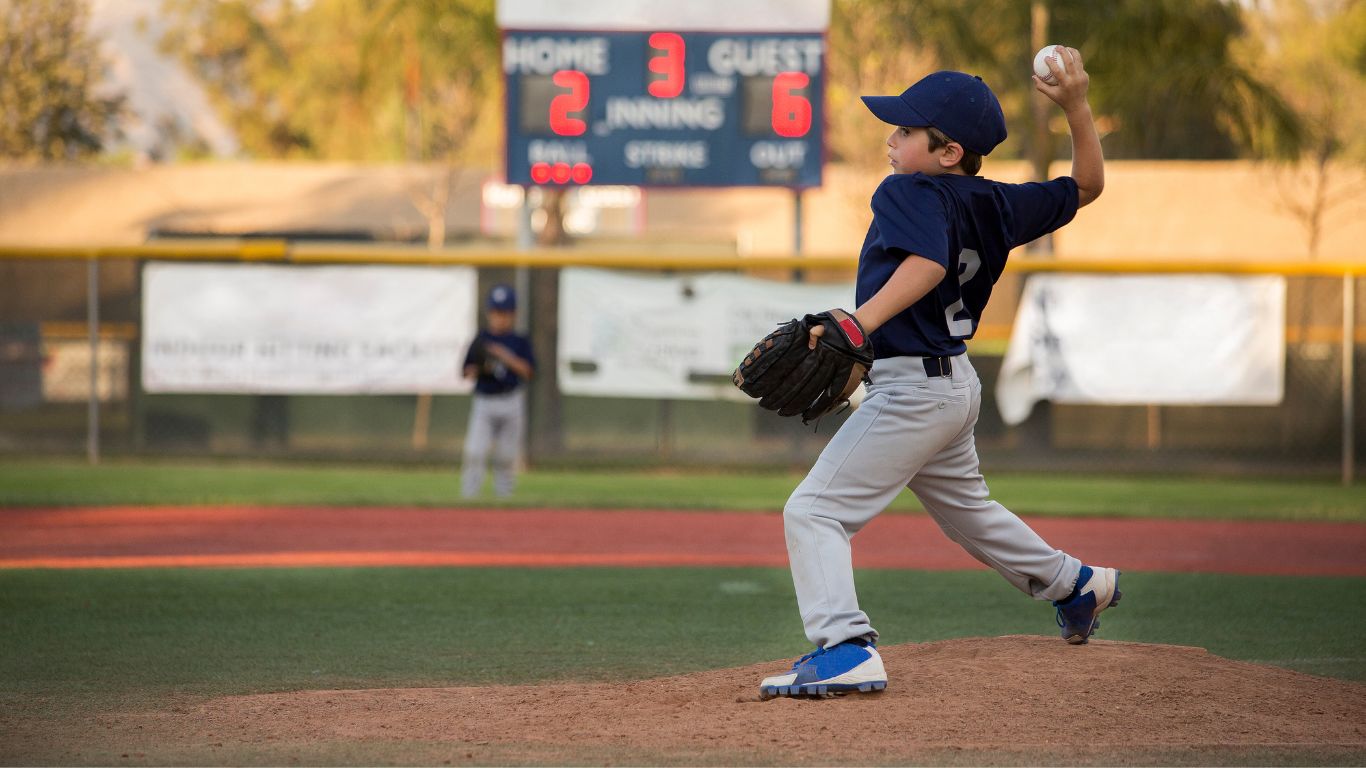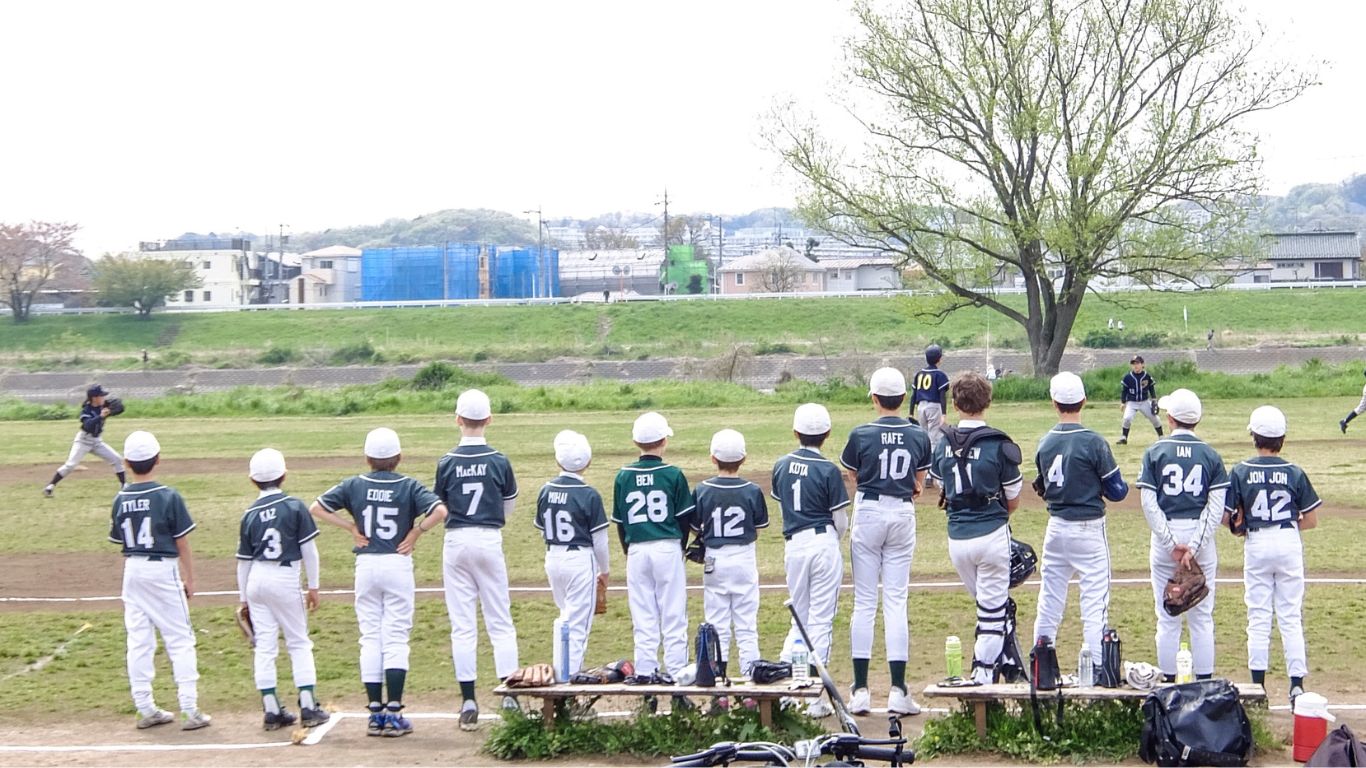A standard game of baseball consists of nine innings. Each inning is divided into two halves: the top and the bottom.
Baseball, America’s pastime, intrigues fans with its unique blend of strategic play and athletic prowess. The structure of the game is pivotal to its rhythm, with the nine-inning format providing a framework for suspense and comebacks. A full game allows both teams to showcase their defensive and offensive skills as they alternate between batting and fielding.
This balance of innings ensures a fair competition and gives ample opportunity for each team to score. Understanding the innings is crucial for any fan or player as it dictates the pace and strategy of the match. Embracing the intricacies of each inning, spectators and athletes alike revel in the ebb and flow of the timeless sport.

Credit: www.nydailynews.com
The Roots Of Baseball Innings
Baseball, America’s pastime, has a rich heritage filled with traditions. Among these, the length of the game in terms of innings stands out. In the sport’s infancy, the number of innings played differed from today’s standard. Understanding this evolution provides insight into how the game became structured around the magical number nine.
Origins Of The Nine-inning Game
Baseball’s early days were a time of experimentation. The number of innings was not set in stone. In 1857, a convention of amateur ball clubs met to standardize rules. They decided that a game should have a set length. They chose nine innings. This choice was not random. It was a nod to cricket, a related sport played in innings too. There was a cultural symmetry in the number nine.
Alexander Cartwright, known as the “father of baseball,” played a key role in shaping the nine-inning standard. Cartwright’s Knickerbocker Rules, developed in 1845, were elemental to the modern game. They set the stage for the nine-inning consensus that emerged years later.
Historical Variations In Game Length
Baseball’s length has not always been the same.
- Before standardized rules, games were often played to a set number of “aces” or “runs”.
- Gatherings like the 1857 convention sought to create consistency.
The historical path to nine innings was not linear. Early baseball saw games with variable lengths. Some games went on until one team scored twenty-one aces, regardless of innings. Others played seven-inning matches, especially in the school setting.
The professionalization of baseball cemented the nine-inning length. The creation of the National League in 1876 marked a pivotal moment. It solidified the rules and rituals, including the nine-inning game, for the professional athletes.
The story of baseball’s innings is both complex and fascinating.

Credit: www.nytimes.com
Breaking Down The Inning Structure
The structure of innings is critical in baseball. Let’s explore how innings shape the game.
The Role Of Innings In Baseball
Baseball divides into units called innings. Think of innings as chapters in a book. Each inning gives teams a chance to score. A full game typically includes nine innings. Every inning, teams switch roles. One team bats while the other defends. This switching keeps the game fair and exciting.
Top And Bottom Halves Explained
An inning has two halves: the top and the bottom. During the top half, the visiting team bats. The home team defends. Then, they swap. The bottom half is when the home team gets their turn at bat. Getting three outs closes a half-inning. This switch happens nine times in a standard game.
| Inning Half | Batting Team | Defending Team |
|---|---|---|
| Top | Visitors | Home |
| Bottom | Home | Visitors |
In summary, innings are baseball’s time units. They organize gameplay and count progress. Each inning gives teams a fair chance to play offense and defense. Understanding this helps fans appreciate the strategy and flow of the game.
Regular Season Games Vs. Extra Innings
Baseball fans often find themselves enthralled by the suspense of regular season games and the thrill of extra innings. A traditional nine-inning structure often experiences an extended play when teams are tied. That’s when extra innings come into play, adding more excitement to the match. Let’s explore the typical duration of a professional game and the dynamics of those nail-biting extra innings.
Typical Duration Of A Professional Game
Professional baseball games are known for their nine innings. Each inning consists of two halves. The visiting team bats in the first half, and the home team bats in the second half. On average, a nine-inning game lasts around three hours. Various factors can influence this timing:
- Number of pitches: More pitches can extend the game.
- Offensive strategies: Teams trying different strategies can affect game length.
- Replay reviews: Officials reviewing plays can pause the game.
A game may also be shorter or longer based on the pace set by the pitchers and the number of breaks in play.
The Dynamics Of Extra Innings
Extra innings kick in when teams are tied after the ninth inning. This creates a sudden-death scenario, with the next team to score usually taking home the victory. The longest game in MLB history went for 26 innings! Here are some quick facts about extra innings:
| Fact | Explanation |
|---|---|
| International Tiebreaker Rule | Starts with a runner on second base from the 10th inning in regular season. |
| No Time Limits | Games continue until one team outscores the other. |
| Sudden Victory | First team to lead after an inning ends wins the game. |
Extra innings test the stamina and strategy of players, as they navigate through uncharted game lengths to secure a win. They bring an extra layer of excitement to the game for players and fans alike.

Credit: www.suzitee.com
The Impact Of Game Length On Players And Strategy
The length of a baseball game can significantly influence player performance and the overall strategy of the game. Regular professional baseball games include nine innings, but this can extend with extra innings if the score is tied. This duration affects how players and managers plan and react throughout the event. Understanding this impact sheds light on the nuances of the sport.
Player Endurance And Performance
Extended gameplay in baseball tests player endurance. Over numerous innings, athletes must maintain high levels of physical condition and mental acuity. Fatigue sets in, leading to potential declines in performance. Rigorous training and conditioning are vital for players to excel during long games, particularly for pitchers who play a central role in the outcome of multiple innings. This aspect of the game demands strategic rests and player rotations to preserve energy.
Strategic Decisions Based On Innings
Key components that shape baseball strategies include the number of innings and the game’s progression. Decisions on pitching changes, defensive alignments, and pinch hitters all hinge on the current inning. Managers must assess the game’s state and their players’ conditions to make critical calls. Here’s how strategy evolves across innings:
- Early Innings: Teams focus on setting the tone and conserving player energy.
- Middle Innings: Adaptations are made based on the game’s flow and score.
- Late Innings: High-stakes decisions are necessary, often involving closer pitchers to secure a win.
As innings progress, managers and players adapt their approaches. The requirement to read the game precisely and anticipate outcomes drives the strategic element of baseball.
Variations In Different Leagues And Levels
Baseball is loved by many for its strategy, history, and traditions. Yet, the number of innings can vary across different leagues and levels. Understanding these variations helps fans appreciate the intricacies of the game.
Minor League And College Baseball Differences
Despite sharing many rules with Major League Baseball (MLB), minor league and college baseball can differ in innings played:
- Minor League Games typically last nine innings, similar to MLB.
- Doubleheaders in the minors often consist of two seven-inning games.
- College Baseball games are usually nine innings.
- However, during college doubleheaders, each game is reduced to seven innings.
International Rules And Length Differences
International baseball tournaments and leagues follow different inning lengths:
- Professional leagues in Japan match MLB with nine innings.
- In South Korea, games can end in a tie after 12 innings.
- Little League games usually have six innings.
- The World Baseball Classic features a unique rule called the mercy rule. This can end games early if a team leads by a large margin after seven innings.
The Future Of Baseball Game Length
Baseball traditions evolve as many fans look to the future of the game. Game length is a hot topic, with debate raging on how long an ideal baseball matchup should last. Innings remain at nine for now, but adjustments could be on the horizon. Let’s explore the potential changes and the fan sentiment regarding these shifts in the sport’s pacing.
Potential Rule Changes
Major League Baseball evaluates ways to enhance excitement and maintain engagement:
- Pitch clocks to speed up the game.
- Automated strike zones for consistent calls.
- Reduced mound visits to maintain momentum.
- Starting extra innings with a runner on second base to encourage scoring.
These changes aim to reduce the overall length of games and amplify thrill. Currently, games consist of nine innings: this could change only if essential for the sport’s growth.
Fan Perspectives On Game Duration
Fans express mixed feelings about game length:
| Opinion | Percentage of Fans |
|---|---|
| Prefer shorter games | 40% |
| Enjoy the historic nine innings | 55% |
| Indifferent to game length | 5% |
Some fans believe shorter games could boost younger audiences, while others feel that a longer format is quintessential to baseball’s character. Finding a balance that satisfies diverse preferences remains a challenge for the sport’s authorities.
Frequently Asked Questions For How Many Innings In Baseball
Is Baseball 7 Or 9 Innings?
A standard professional baseball game consists of 9 innings. However, in certain youth leagues, games may be 7 innings long.
Does Baseball Go To 10 Innings?
A regulation baseball game lasts nine innings, but if tied, it extends into extra innings, including a 10th inning or beyond until a winner emerges.
Is Baseball 9 Or 10 Innings?
Baseball typically consists of 9 innings. Some youth leagues or modifications might use 10 innings, but professional and standard play is 9 innings.
What Happens If Baseball Is Tied?
If a baseball game ends in a tie, extra innings are played until a team scores and leads at the inning’s end. This sudden death approach continues until a winner emerges.
Conclusion
Understanding baseball’s structure is key for both avid and casual fans alike. The standard nine innings provide a framework for the sport’s iconic ebb and flow. Remember, variations like youth games often adapt this number to suit different needs. Keeping this information in hand enhances one’s appreciation of the game’s depth and traditions.
Embrace the excitement each inning can bring on your next trip to the ballpark.








